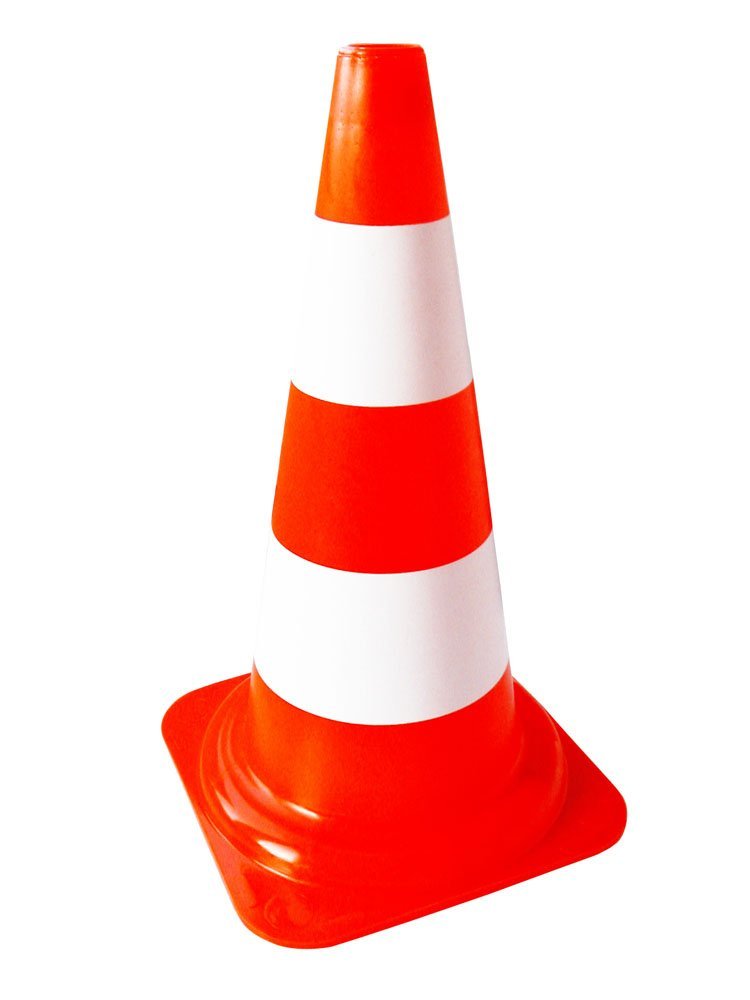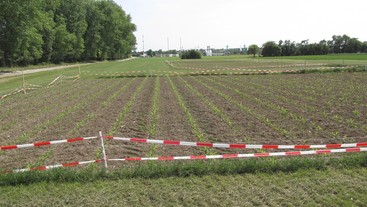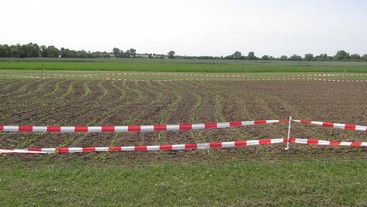FAQ
Frequently Asked Questions
Can I call a Field Robot Event support line?
Yes, if you have a question during the contest or if you have a problem just call. We will try to help!
Phone +49-175-4421359
The phone will be always at the registration desk.
7. How is the accommodation during the event?
We will provide free low budget accommodation for all members of the teams. There will be 6 large tents with camp beds for each student. Please bring your own sleeping bag! For the girls there will be a separate compartment. The accommodation will be on the DLG farm site close to the Field Day area and the contest field (10 min walk).
There will be toilets and showers close to the tents.
6. Where is the registration?
The registration office is close to the accommodation on the DLG farm site (Am Gutshof 3, 06406 Bernburg - Strenzfeld, phone +49-175-4421359). This is outside the DLG Field Day area. When you register each student will get a name badge and a ticket for the Field Day site.
If needed you get a car ticket for going by car onto a FRE reserved parking lot beside the contest area (for transportation purposes and final parking). For going back to the accommodation please WALK! You can also use your car for storing tools etc., because it will be close to the FRE area.
Breakfast will be served each morning in a farm shed close to the tents (empty grain storage). The shed can be used by us for storage purposes. In the shed we will have our registration office during the event. It is the contact point for all issues during the event.
A map and some hints are available here (also on download flag):
Click_for_General_Info_Registration
5. How do the obstacles in task 2 look like?
There will be at least 1 obstacle in one track of the path pattern of the advanced navigation. It is a 'Schellenberg 73190 Pylone Kunststoff 50 cm rot/weiß'. It is made of soft red / white plastic. The dimensions are 29 x 50 x 29 cm, weight 1.2 kg.

4. What's the status of the competition area?
Some impressions from 4th June of the competition area for basic and advanced navigation.
Maize rows in straight lines:

Maize rows in curved lines:

3. What about the "weed" detection in task 3?
Q:
1. How close are the weeds / golf balls to the robot?
2. How many cameras are allowed?
A:
1. The balls are placed within the crop plant rows between plants.
2. The number of cameras you use and on which side you mount it is up to you. However, the robots should navigate to each second row - not the adjacent row - in order to fast pass through the rows and detect all the possible 'weeds'.
In the following links you find the type of the golf balls that will be used in task 3
http://www.nitrogolf.com/nitro-new-golf-balls.asp
(It's the yellow Nitro Blaster)
2. What about the txt file format for the mapping in task 3?
1. Where you see 'myTeam' must be replaced with team name
2. Date format is DD.MM.YYYY (DD = Day of the month, MM = Month of the year, YYYY = Year)
3. Time format is hh:mm:ss (hh = hour, mm = minute, ss = second)
4. The five pairs of the mapped weeds in meters with 3 decimal points.
Please put also the team name into the filename!!!
You can download the example txt file in the link.
1. How do the GNSS receiver for task 3 look like?
The GNSS receiver that will be used during task 3 is the Trimble AgGPS RTK Base 450. Find attached the User's Guide. User-Guide
At the end of this pdf you can also find the dimensions.
In The Link, you find a picture of all the equipment being used. Equipment
In this picture you can distinguish the receiver (1), the satellite antenna (2), the cable for connecting the satellite antenna to the receiver (3) and two options regarding the radio antenna (4) for connecting with the RTK Base station.
The type of the satellite antenna is Trimble AG25 GNSS (with magnetic base).The output connector form the receiver would be a DB9 male.
Each team should have its own cable (null modem) for connecting to the receiver.
The serial communication settings are:
Baud rate: 38400
Format: 8-N-1
Flow control: None
The NMEA-0183 message PTNL,PJK will be transmitted.
More details you can find at the following link:
http://www.trimble.com/OEM_ReceiverHelp/V4.44/en/NMEA-0183messages_PTNL_PJK.html
